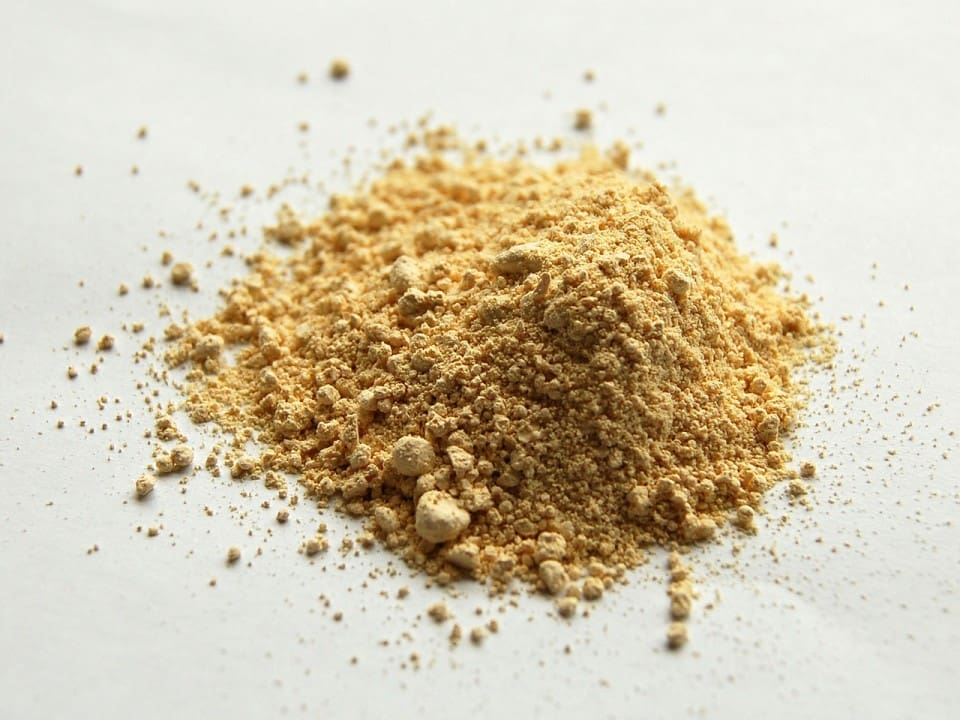
Ferrum phosphoricum
Latin name: Ferrum phosphoricum
Short name: Ferr-p
Common name: Ferric phosphate | Iron phosphate | Phosphate of iron | Ferrosoferric phosphate | Iron salt
Primary miasm: Psoric Secondary miasm(s): Sycotic
Kingdom: Minerals
Family: Inorganic phosphate salts
- Symptomatology
- Remedy Information
- Differentiation & Application
Ferrum phosphoricum is a chemical combination of iron and phosphorus, generally prepared by mixing solutions of ferric chloride (FeCl₃) and sodium phosphate (Na₃PO₄), resulting in a fine, white amorphous powder. Its chemical formula is FePO₄. It is considered a tissue salt and was introduced into homeopathy via Schüssler’s system of biochemic therapy.
Used in mainstream biochemistry and nutrition for its iron content, Ferrum phosphoricum is found in some food fortifiers and supplements. It is also used in laboratory chemistry and occasionally as a mild astringent or restorative in conventional naturopathic applications.
No traditional Hahnemannian proving. Introduced by Dr. Wilhelm Heinrich Schüssler in the late 19th century through clinical observations and biochemical theory rather than classical provings. Confirmatory symptoms gathered from clinical experience and secondarily through Materia Medica sources like Boericke and Clarke.
Capillaries; blood vessels; respiratory tract; throat; mucous membranes; muscles; right-sided complaints; inflammation in the first stage; fever states.
Cold applications; lying down; gentle motion; after rest.
Touch; jarring; heat; excitement; sun exposure; motion; noise.
- Aconitum napellus – Both are early-stage remedies, but Aconite has intense fear and anxiety, while Ferrum phos. is calmer and more subdued.
- Belladonna – Also useful in early fevers, but Belladonna has stronger heat, redness, and congestion, especially in the head. Ferrum phos. is milder and more right-sided.
- Gelsemium – Both may have slow onset of fever. Gelsemium is dull, drowsy, and chilly; Ferrum phos. is more flushed, irritable, and warm.
- Bryonia alba – Bryonia has more dryness, stitching pains, and aggravation from motion. Ferrum phos. lacks the dryness and shows more restlessness.
- Phosphorus – Both have lung and haemorrhagic affinity. Phosphorus is open, anxious, and worse lying left side; Ferrum phos. is more subdued and better lying back.
- Complementary: Calcarea phosphorica, Gelsemium
- Antidotes: Nux vomica, Belladonna
- Follows Well: Aconitum, Bryonia
- Precedes Well: Kali muriaticum, Ferrum metallicum
Ferrum phosphoricum is a remedy of beginnings—it acts best in the incipient stages of inflammation, before full-blown pathology develops. The patient is often anaemic, sensitive, flushed yet weak, with vague and undeveloped symptoms. It suits delicate constitutions and children. A gentle, unassuming remedy that operates quietly but powerfully when the picture is unclear.
Excellent in early colds, coughs, sore throats, and fevers where symptoms are minimal or not yet individualised. Use in 6X or 12X potency as a tissue salt or 30C–200C in acute prescriptions. Especially good for children or elderly patients who appear mildly ill but lack strong symptoms.
Mind
- Indifference, during fever
- Concentration, difficult
- Mental exertion, aggravates
Head
- Headache, temples, right
- Pain, dull, motion, from
- Congestion, head, early inflammation
Eyes
- Conjunctivitis, first stage
- Pain, sand, as if
- Photophobia, during fever
Nose
- Epistaxis, children, in
- Coryza, watery, early stage
- Obstruction, alternating sides
Throat
- Inflammation, tonsils, right
- Pain, swallowing, liquid, from
- Redness, general
Chest
- Cough, dry, tickling
- Pneumonia, beginning of
- Bronchitis, first stage
Generalities
- Inflammation, first stage of
- Right-sided complaints
- Fever, low grade
- Touch, aggravates
- Cold applications, ameliorate
William Boericke – Pocket Manual of Homoeopathic Materia Medica
John Henry Clarke – Dictionary of Practical Materia Medica
James Tyler Kent – Lectures on Homoeopathic Materia Medica
C. Hering – Guiding Symptoms of Our Materia Medica
Wilhelm Schüssler – Biochemic Therapeutics
